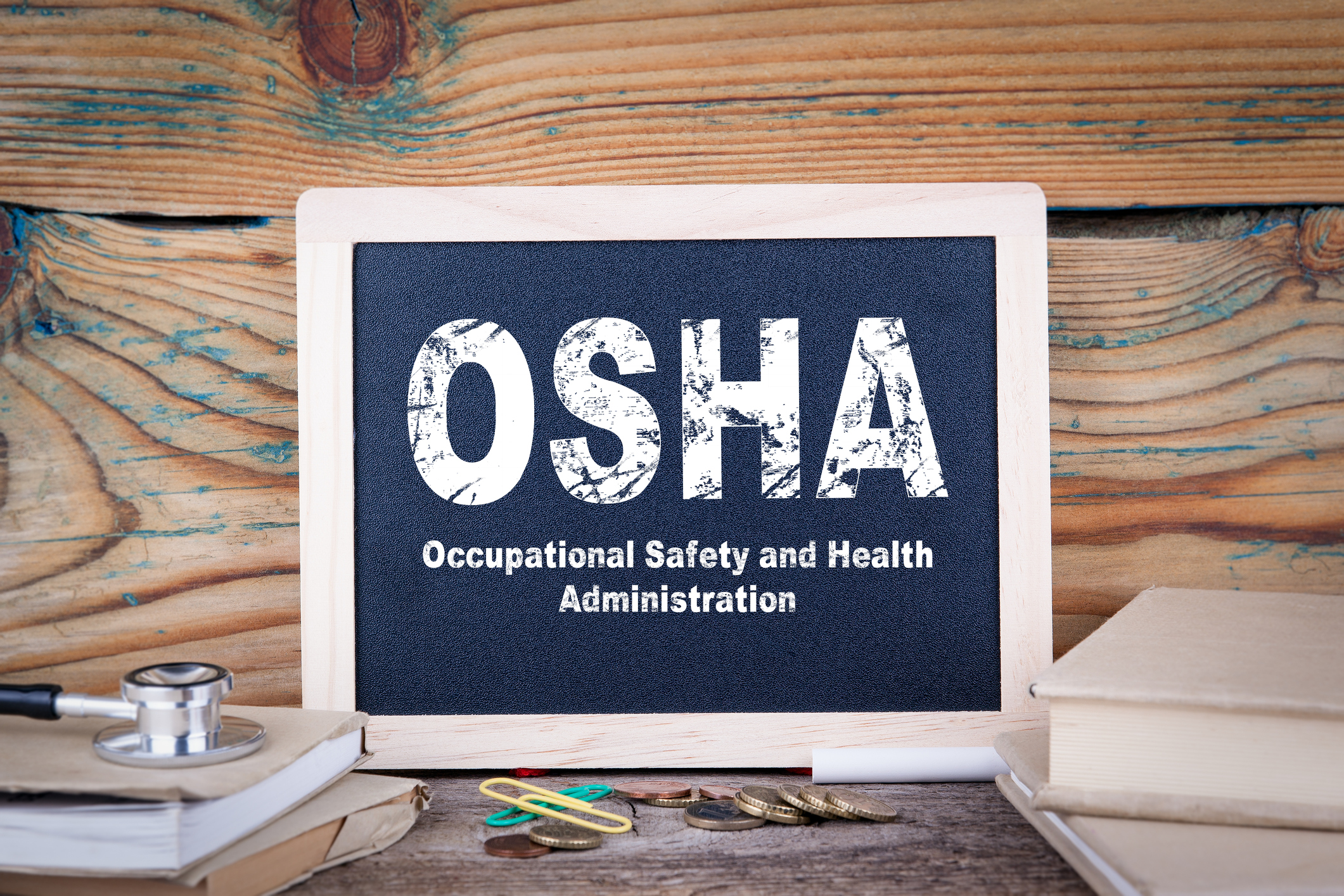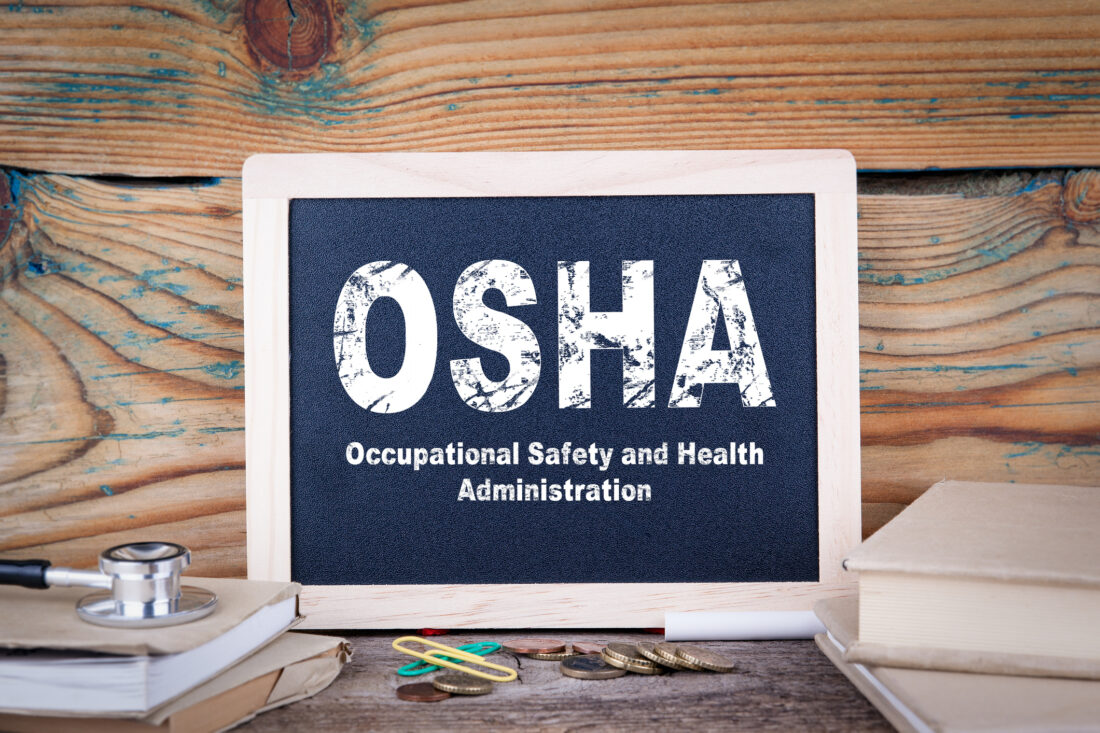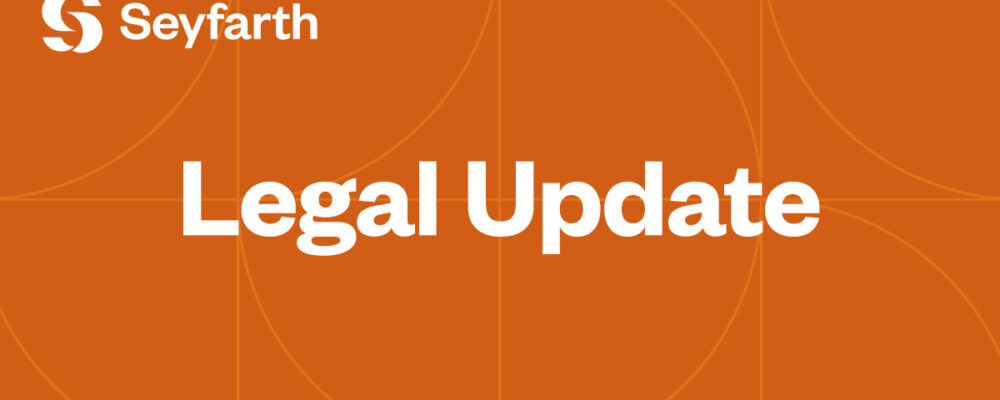
By Brent I. Clark, James L. Curtis, Patrick D. Joyce, A. Scott Hecker, Daniel R. Birnbaum, Melissa A. Ortega and Taylor Iaculla
Seyfarth Synopsis: This week we are attending the ABA Occupational Safety and Health Law Meeting in San Juan, Puerto Rico. The meeting includes representatives from the U.S. Department of Labor, OSHA Review Commission, the MSHA Review Commission, OSHA and MSHA Judges, and the Solicitor’s Office, as well as management, labor, and safety professionals.
The final day of the ABA Workplace and Occupational Safety and Health Law Committee Midwinter Meeting began with a panel of Judges and Commissioners from the Occupational Safety and Health Review Commission: the Honorable Cynthia Attwood and the Honorable Covette Rooney. Chief Administrative Law Judge Rooney discussed the Review Commission’s ongoing Administrative Law Judge settlement rates, which continue to hover near 92% for federal OSHA cases. For settlement conferences, the data reflected the shift towards in-person meetings with a minority of hearings held virtually. Chief Judge Rooney expressed a preference for in-person hearings as a Judge, but gratitude for the potential for remote hearings where necessary.
Chief Judge Rooney also announced that she will retire this coming July and we wish her the best after a long and storied career!
At the Review Commission level, in Fiscal Year 2023, the Review Commission directed 16 of 26 petitions for discretionary review, and decided 17 cases. For the current fiscal year, no decisions have been issued despite 7 of 12 being directed for discretionary review. Commissioner Atwood expressed concern that the Commission is currently “paralyzed” by its inability to issue decisions, as Commissioner Atwood is the only member serving on the three-member panel. Because the Senate has not confirmed the current nominee, Amanda Laihow, to the Commission, the Commission cannot issue any decisions or decide on almost all routine motions. Beyond this issue, Commissioner Atwood noted that the Review Commission has yet to receive its full budget from Congress, and is currently operating under a continuing resolution until March 22.
The second panel was a mock settlement mediation conference, mediated by the Honorable Christopher Helms, Administrative Law Judge with the Review Commission. The panel first discussed mandatory settlement proceedings under 29 CFR 2200.120 and Judge Helms shared his preferences. Administrative Law Judges can exercise wide discretion and conduct the proceedings as they prefer, but within the guidelines of the rules.
The panel then went through a mock mediation for a hypothetical where an employer was cited for willful violations of the lockout tagout standard with penalties totaling over $200,000. This qualified the case for mandatory settlement mediation. Judge Helms prefers to hold a mandatory settlement opening conference and requests written statements from the parties. Judge Coleman then holds a private caucus session with the parties to ascertain their goals for the settlement conference.
The third panel of the day featured Seyfarth’s very own A. Scott Hecker. Scott was joined by a senior Department of Labor attorney and a National Employment Law Project attorney in a discussion regarding vulnerable workers. Vulnerable workers include Black, Latino, immigrant, and child workers. The panel discussed the hazards faced by this group of workers and tools the Biden Administration, the Department of Labor (“DOL”), and employers can prevent and addresses the hazards.
“Underrepresented workers are overrepresented in the data,” Hecker said. Where you can see the data, you can follow the trends, identify where the problems are, and address them. Where employers can really make a difference is with training. Training should be in the language that employees speak and relayed understandably. Hecker further stressed that frequent safety issues can invite OSHA’s scrutiny and other government scrutiny as OSHA frequently engages in cross-agency collaboration, a sentiment shared by the senior DOL attorney.
The DOL attorney focused on the tools that DOL has to protect immigrant workers from retaliation and possible deportation. The DOL attorney emphasized that DOL “protects workers regardless of immigration status.” DOL partners with the Department of Homeland Security (“DHS”) to protect employees, including worksite-wide deferred action. OSHA is the second agency to work with DHS to certify “U” and “T” visas for workers who are victims or violence and trafficking, respectively. DHS has also agreed not to conduct mass raids of worksites where the worksite is the subject of a DOL investigation. Lastly, the panelists commented on state law efforts to combat issues facing vulnerable workers. For example, Florida recently passed legislation permitting sixteen- and seventeen-year-olds to work at certain residential roofing sites while New York’s Department of Labor affixes a tag notifying consumers if a product was unlawfully produced.
The final panel addressed mental health. The panel addressed the conflict between employers’ obligations under the Occupational Safety and Health Act (“OSH Act”) and the Americans with Disabilities Act (“ADA”). Specifically, employers asserting a defense to ADA claims through the OSH Act’s general duty clause, which requires employers to provide a workplace free from recognized hazards which may cause or are likely to cause death or serious physical harm. The panelists discussed a circuit court case that barred employers from adopting per se bans on employees with conditions that pose a hazard. Instead, employers must engage in individualized assessments to determine whether the employee poses a risk under the general duty clause. The panelists then focused on common hazards related to the cannabis industry. OSHA does not provide guidance for evaluating or addressing cannabis industry hazards. However, OSHA continues to regulate the industry. The panelists discussed a recent case where OSHA issued a serious citation due to the hazard posed by ground cannabis dust. According to the DOL attorney, OSHA has internal testing, which has not been shared with regulated industry, showing ground cannabis dust is a hazardous chemical subject to the Hazard Communication standard. Currently, there is no OSHA or industry-recognized standard addressing acceptable levels of ground cannabis dust.
We look forward to returning to next year’s Midwinter Meeting in 2025.
“With approximately 900 lawyers across 17 offices, Seyfarth Shaw LLP provides advisory, litigation, and transactional legal services to clients worldwide.”
Please visit the firm link to site




